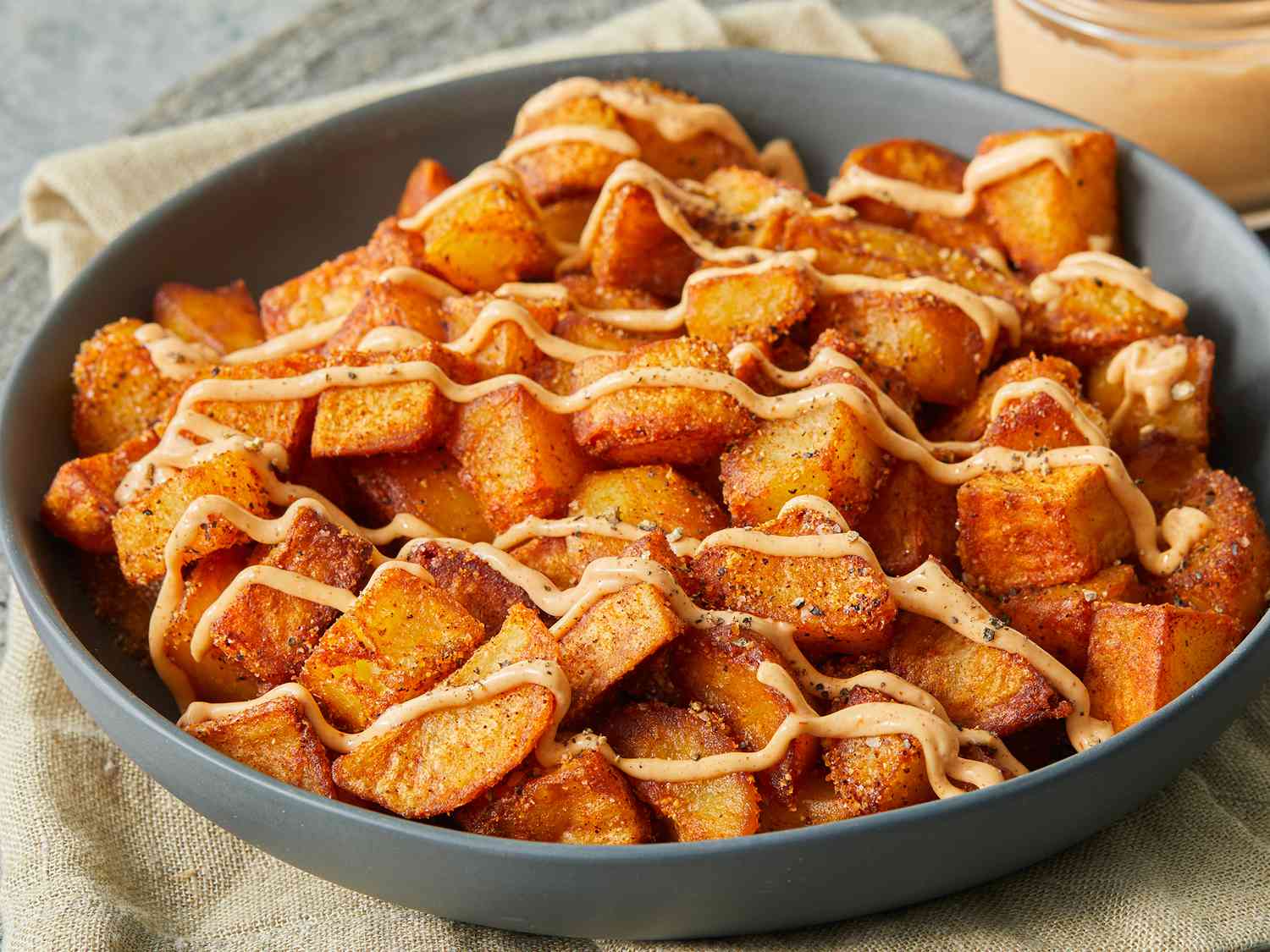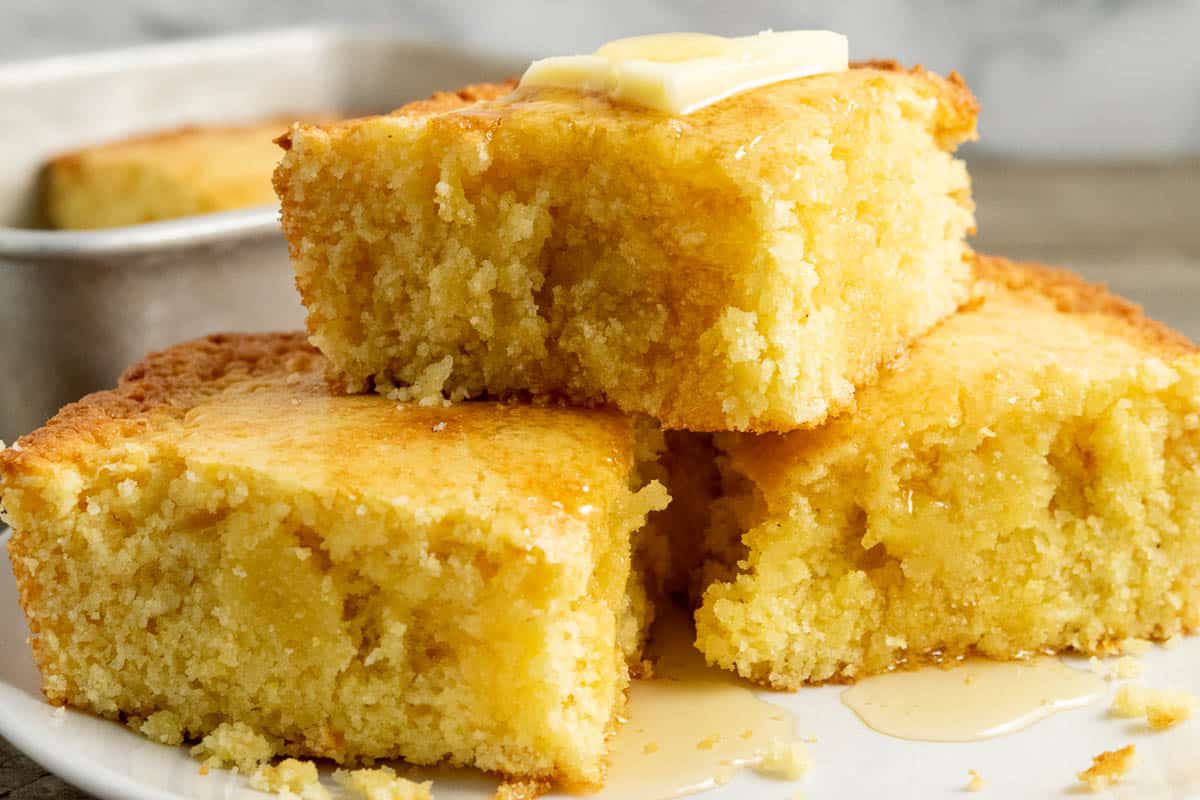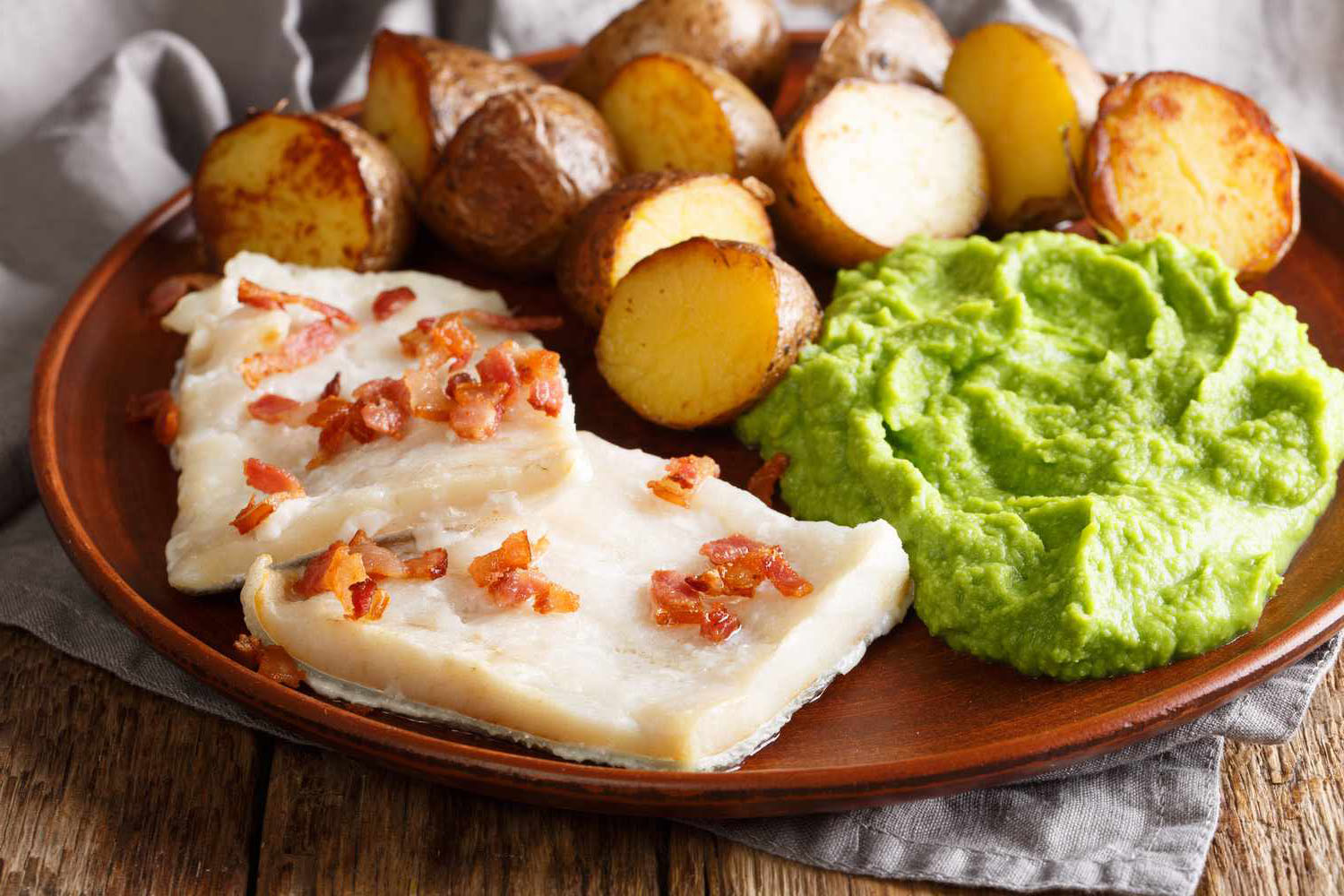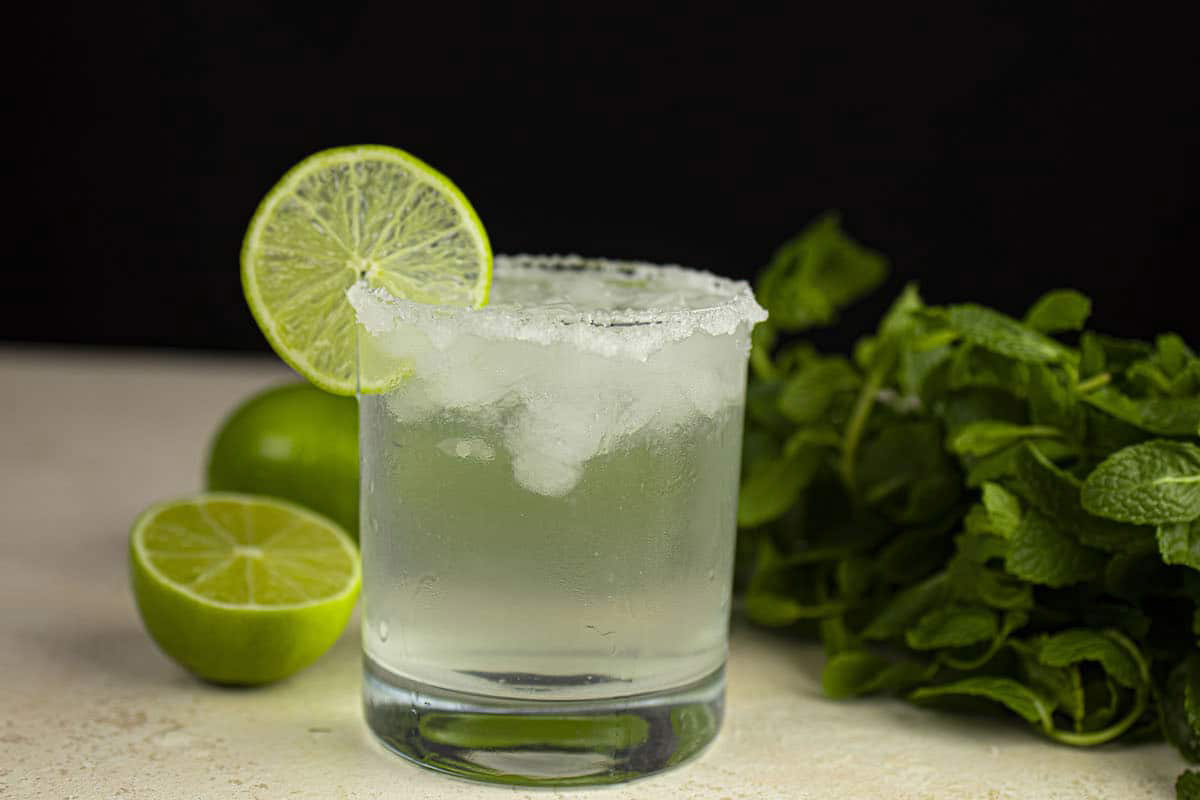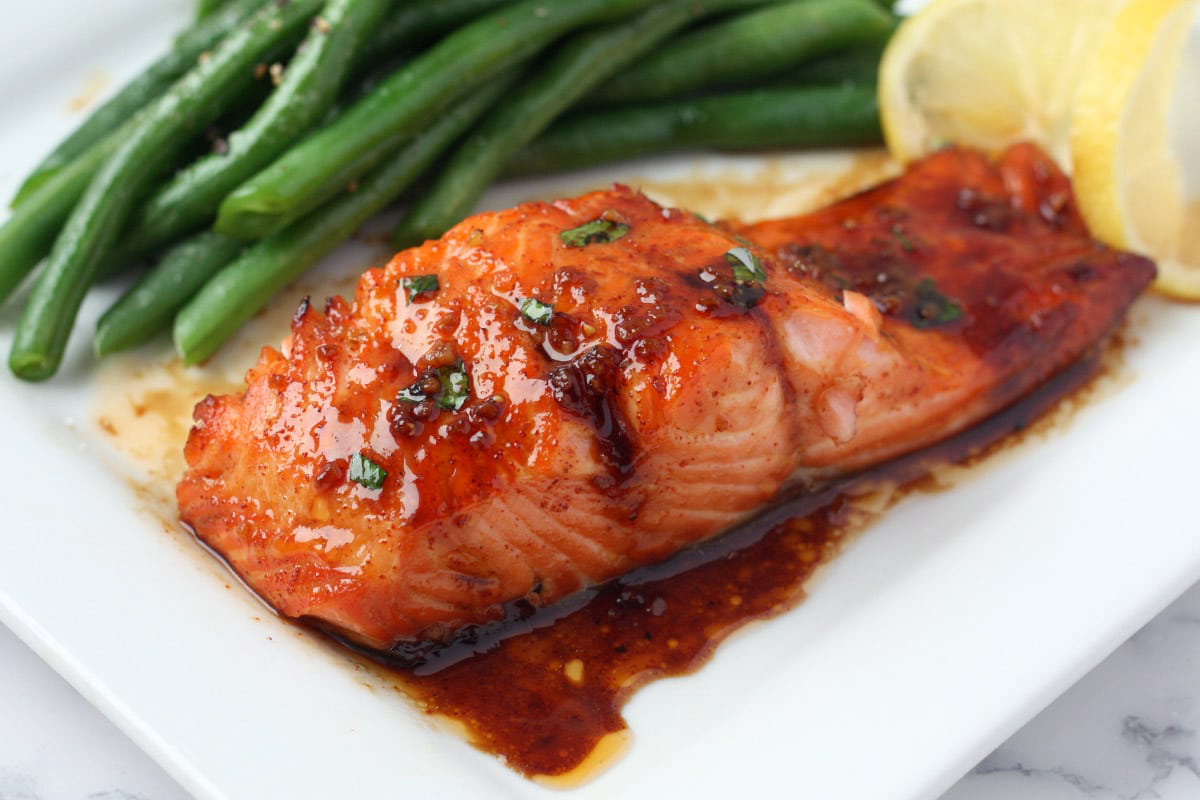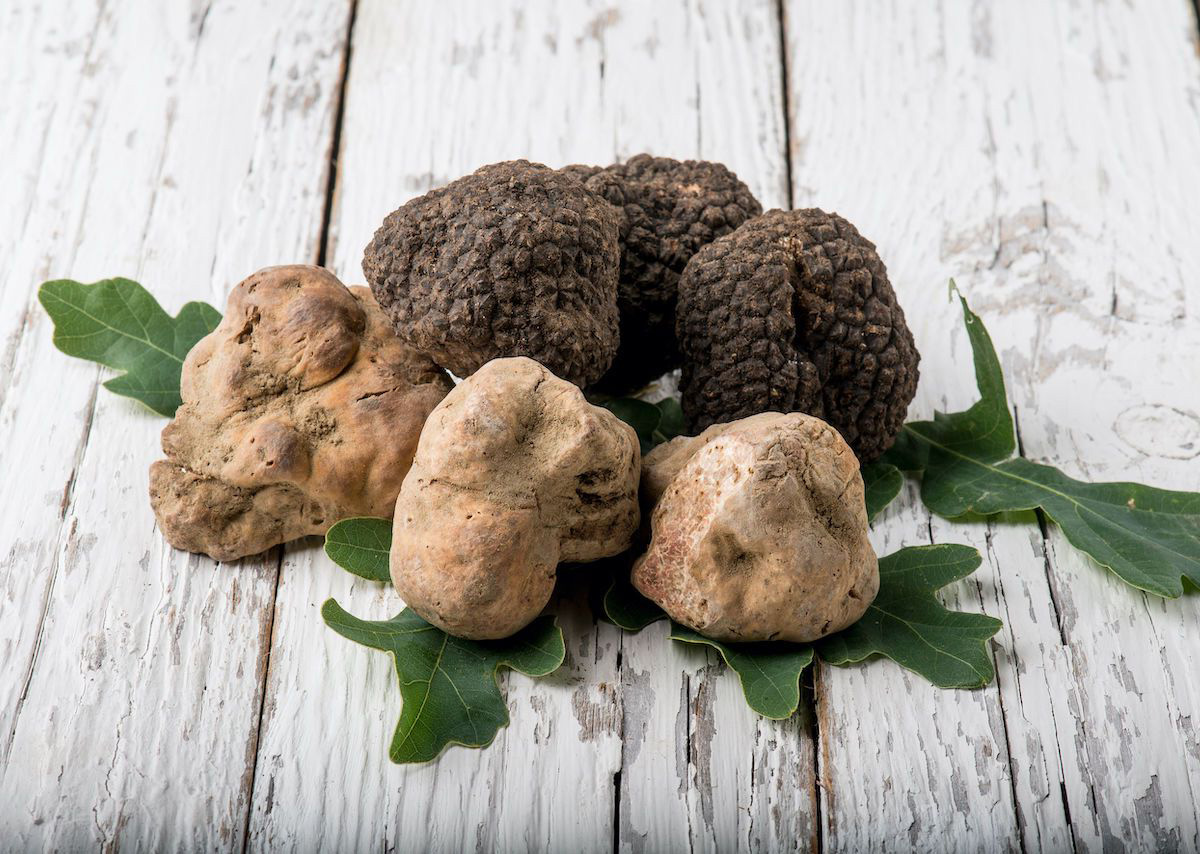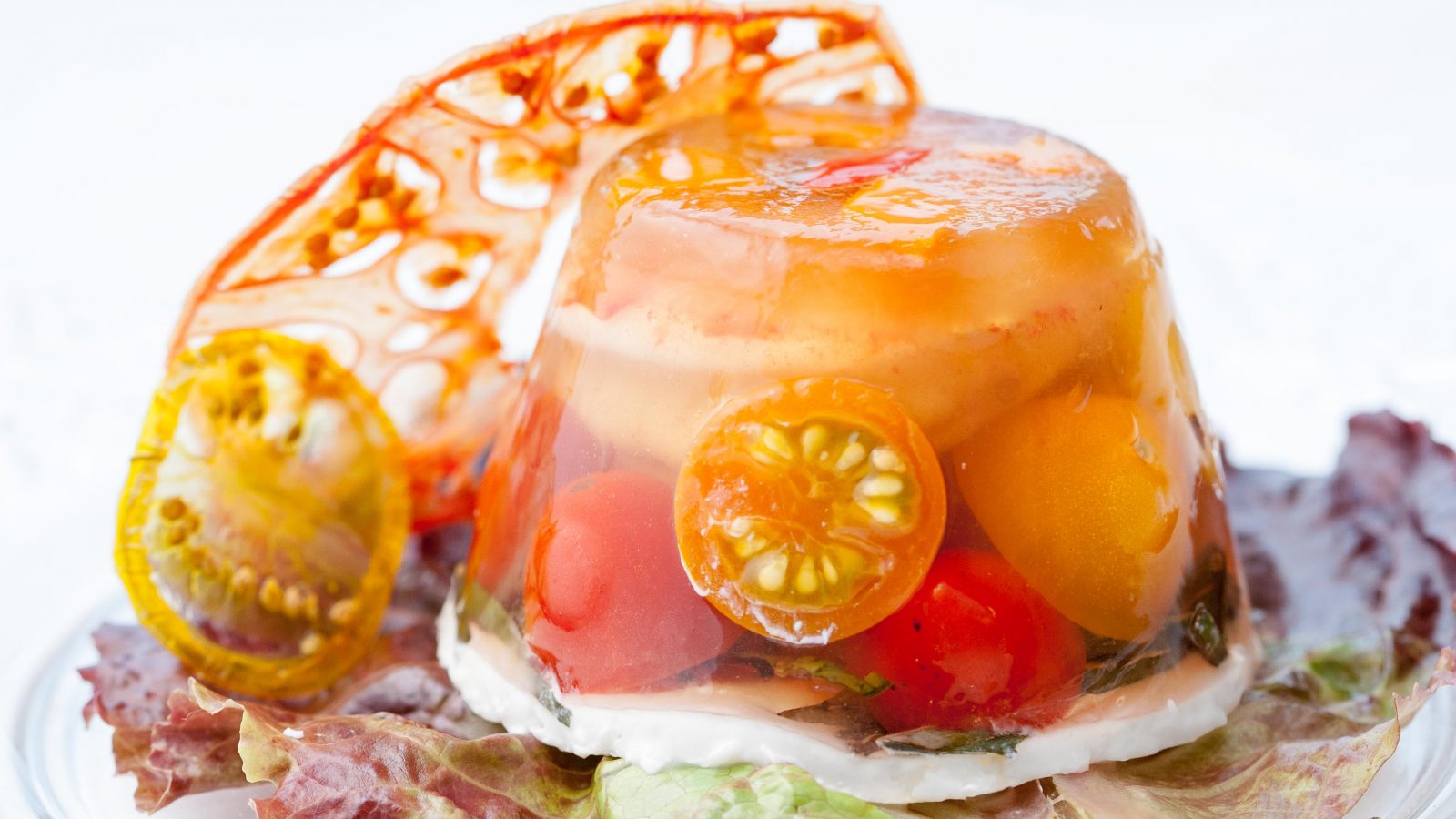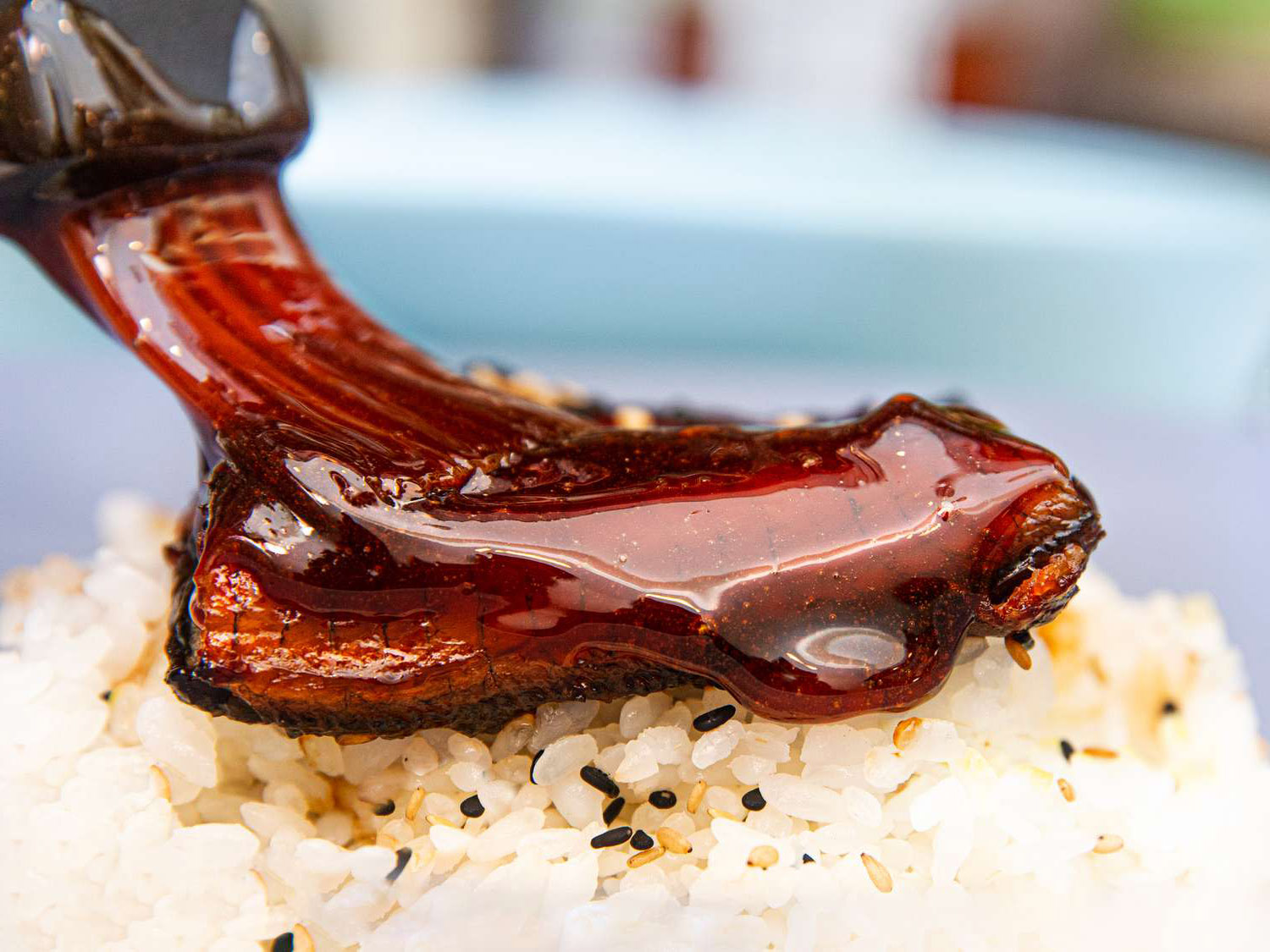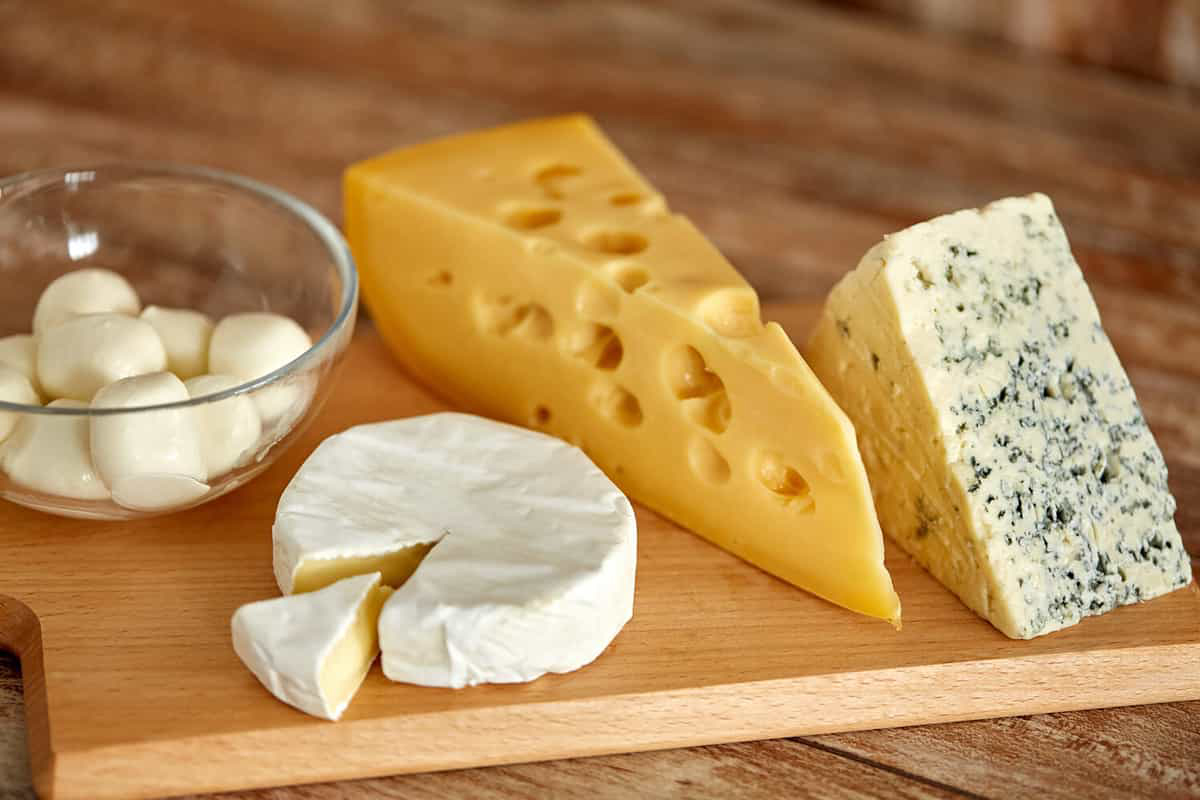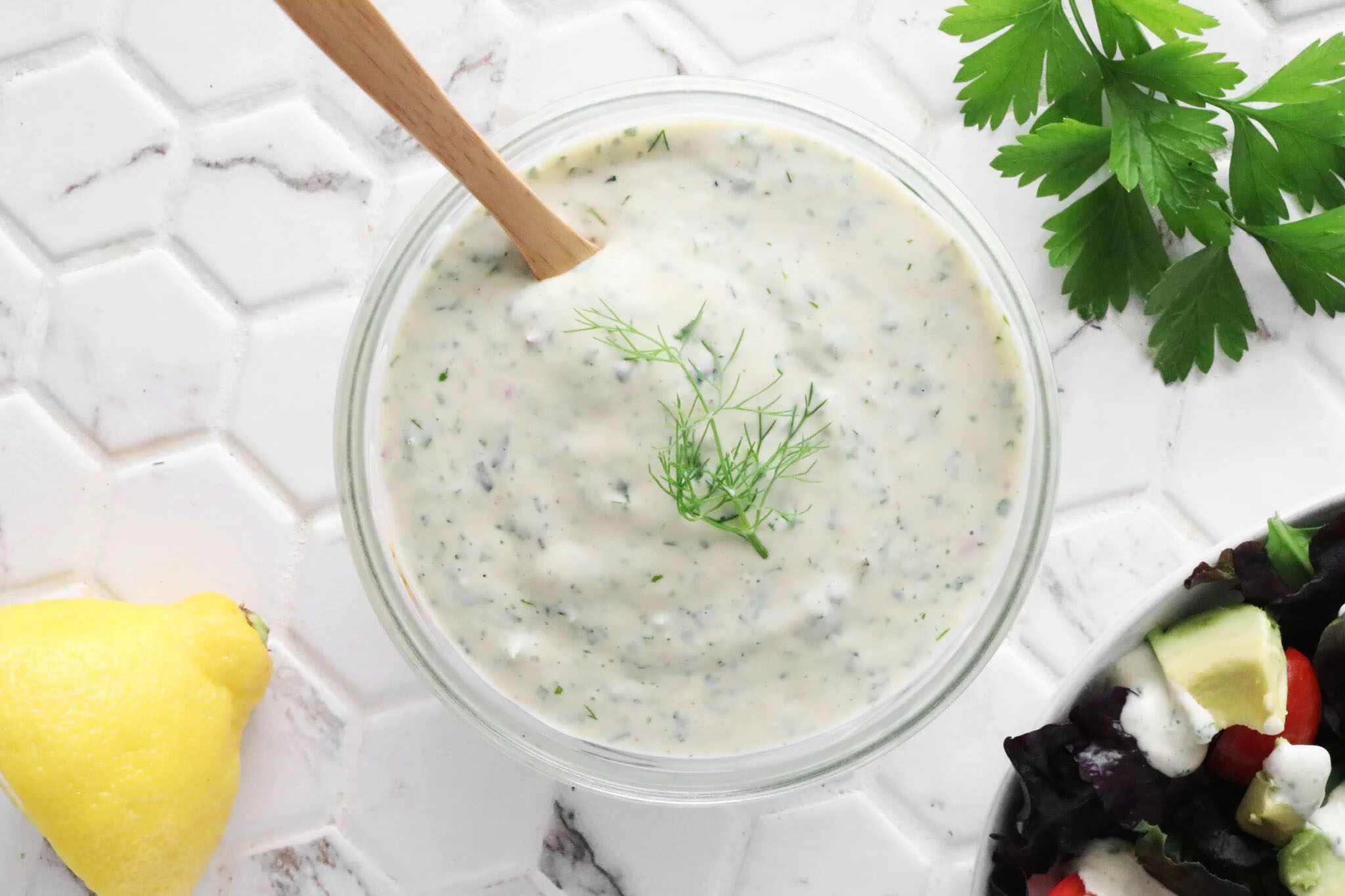Understanding Dry Yeast: A Key Ingredient in Baking
When it comes to baking, dry yeast is a crucial ingredient that plays a significant role in the leavening process. Whether you’re making bread, pizza dough, or pastries, understanding the role of dry yeast is essential for achieving the perfect rise and texture in your baked goods.
What is Dry Yeast?
Dry yeast is a type of yeast that has been dehydrated to remove its moisture content, resulting in a shelf-stable product that can be stored at room temperature. This form of yeast is commonly used in home baking and is available in two main varieties: active dry yeast and instant yeast.
Active Dry Yeast vs. Instant Yeast
It’s important to distinguish between active dry yeast and instant yeast, as they have different characteristics and require slightly different handling:
- Active Dry Yeast: This type of yeast needs to be dissolved in warm water before being added to the dough. It has a longer activation time and is ideal for traditional bread recipes that require a longer rise.
- Instant Yeast: Also known as rapid-rise yeast, instant yeast can be added directly to the dry ingredients without prior hydration. It has a faster activation time and is well-suited for quick-rise bread recipes and recipes that call for a shorter proofing time.
How Does Dry Yeast Work?
When dry yeast is added to a dough or batter, it becomes activated by the presence of moisture, warmth, and sugar. As the yeast feeds on the sugars in the dough, it produces carbon dioxide gas, which creates air pockets in the dough and causes it to rise. This process, known as fermentation, is what gives bread and other baked goods their light and airy texture.
Tips for Using Dry Yeast
Here are some tips for working with dry yeast to ensure successful results in your baking endeavors:
- Check the Expiration Date: Always check the expiration date on the package of dry yeast to ensure its freshness and effectiveness.
- Proper Activation: If using active dry yeast, make sure to dissolve it in warm water (about 110°F) with a pinch of sugar to activate it before adding it to the dough.
- Storage: Store dry yeast in a cool, dry place, away from direct sunlight and moisture, to prolong its shelf life.
- Adjusting for Instant Yeast: When using instant yeast in place of active dry yeast, you can typically use about 25% less instant yeast in the recipe.
In Conclusion
Dry yeast is a fundamental ingredient in baking that plays a crucial role in the leavening process. By understanding the differences between active dry yeast and instant yeast, as well as the factors that influence yeast activation, you can confidently incorporate this essential ingredient into your baking repertoire and achieve delicious, well-risen baked goods.
Was this page helpful?
Read Next: What Is Lamb Breast Cut
